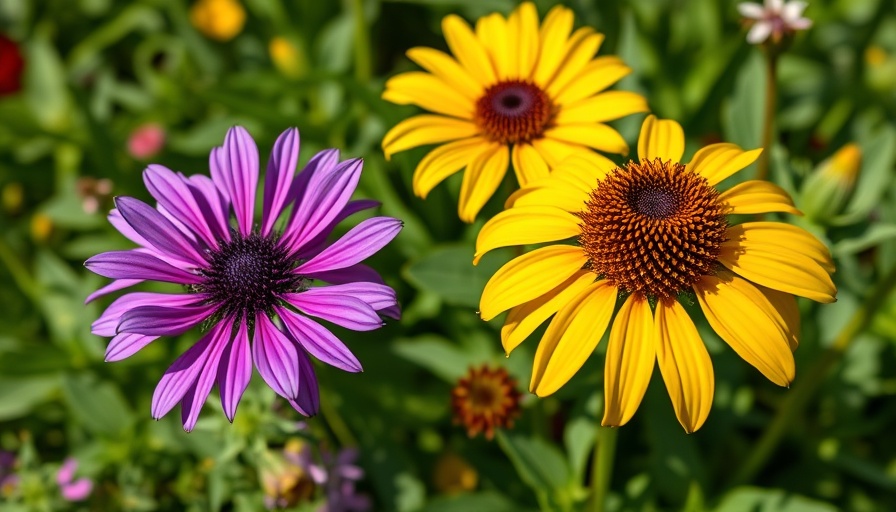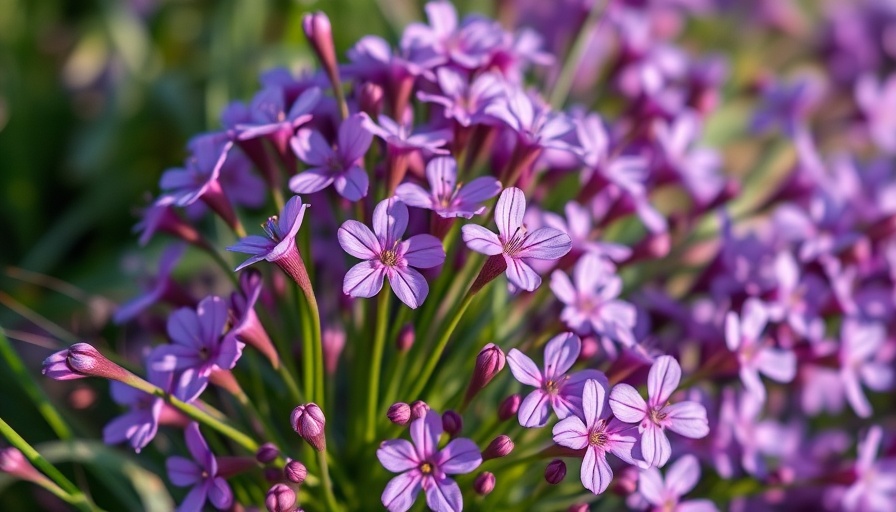
Why Go Low-Maintenance in Your Garden Design?
Let's be honest – while gardens can be breathtakingly beautiful, they often demand a lot of our time and energy. Homeowners who wish to enjoy all the benefits of outdoor space may find themselves overwhelmed with the constant need for weeding, watering, and trimming. However, you don’t need to spend every weekend elbow-deep in soil to have a stunning yard. Instead, you can adopt a low-maintenance garden design that allows for relaxation and enjoyment while still providing aesthetic appeal.
Transform Outdoor Living Spaces
A key strategy in cultivating a low-maintenance garden is to reallocate space for outdoor living. Consider creating a patio or deck area. This allows for functional spaces such as outdoor kitchens or seating areas, eliminating the need for extensive green areas that require more upkeep. These elements reduce your gardening chores while making your outdoor environment perfect for entertaining or unwinding.
Embrace Artificial Turf for Easy Lawn Care
If mowing, watering, and fertilizing your lawn sound like chores you'd prefer to avoid, consider switching to artificial grass. Modern versions of synthetic turf have improved dramatically, featuring realistic colors and textures that stay lush all year round. They don’t require any watering or cutting, so you can free up your time for other activities. Say goodbye to mud tracks and hello to a beautiful, low-maintenance green space.
Choose Durable Outdoor Furniture
Enjoying your garden becomes a lot simpler when you invest in weather-resistant furniture. Opt for pieces made from materials like powder-coated aluminum, recycled plastic, or durable teak. These options not only withstand the elements but are also easy to clean and maintain. With weatherproof furniture, you won’t have to rush to bring cushions inside at the first sign of rain, meaning more time to enjoy your space.
The Importance of Plant Selection
Even if your yard features artificial grass, greenery is essential for creating a vibrant atmosphere. When selecting plants, prioritize native perennials that thrive in your local climate. Such plants typically require less water and care, making them a smart choice for low-maintenance gardening. Think about adding flowering plants that are not only low-maintenance but also provide habitat for local pollinators.
Ground Covers: Your New Best Friends
Weeds can quickly take over an unmaintained garden, but ground cover plants can serve as an effective barrier against these pesky invaders. Varieties like creeping thyme, sedum, or hardy geraniums spread out to form a blanket over the soil, helping retain moisture and suppress weed growth. Not only do they help minimize yard work, but they also add beauty to borders and pathways.
Bringing it All Together for the Perfect Low-Maintenance Garden
A low-maintenance garden is all about smart choices, from your choice of furniture and plants to the way you design your outdoor living space. By integrating sustainable, durable items and beautiful, hardy flora, you can create an outdoor environment that suits your lifestyle and looks fantastic throughout the seasons. The result? A serene, enjoyable garden that complements your home without dominating your busy schedule.
For those looking to simplify garden upkeep while maximizing enjoyment, following these tips can help create a haven that brings joy rather than chores. Remember, gardening should be about relaxation and inspiration, not added stress!
 Add Row
Add Row  Add
Add 




Write A Comment